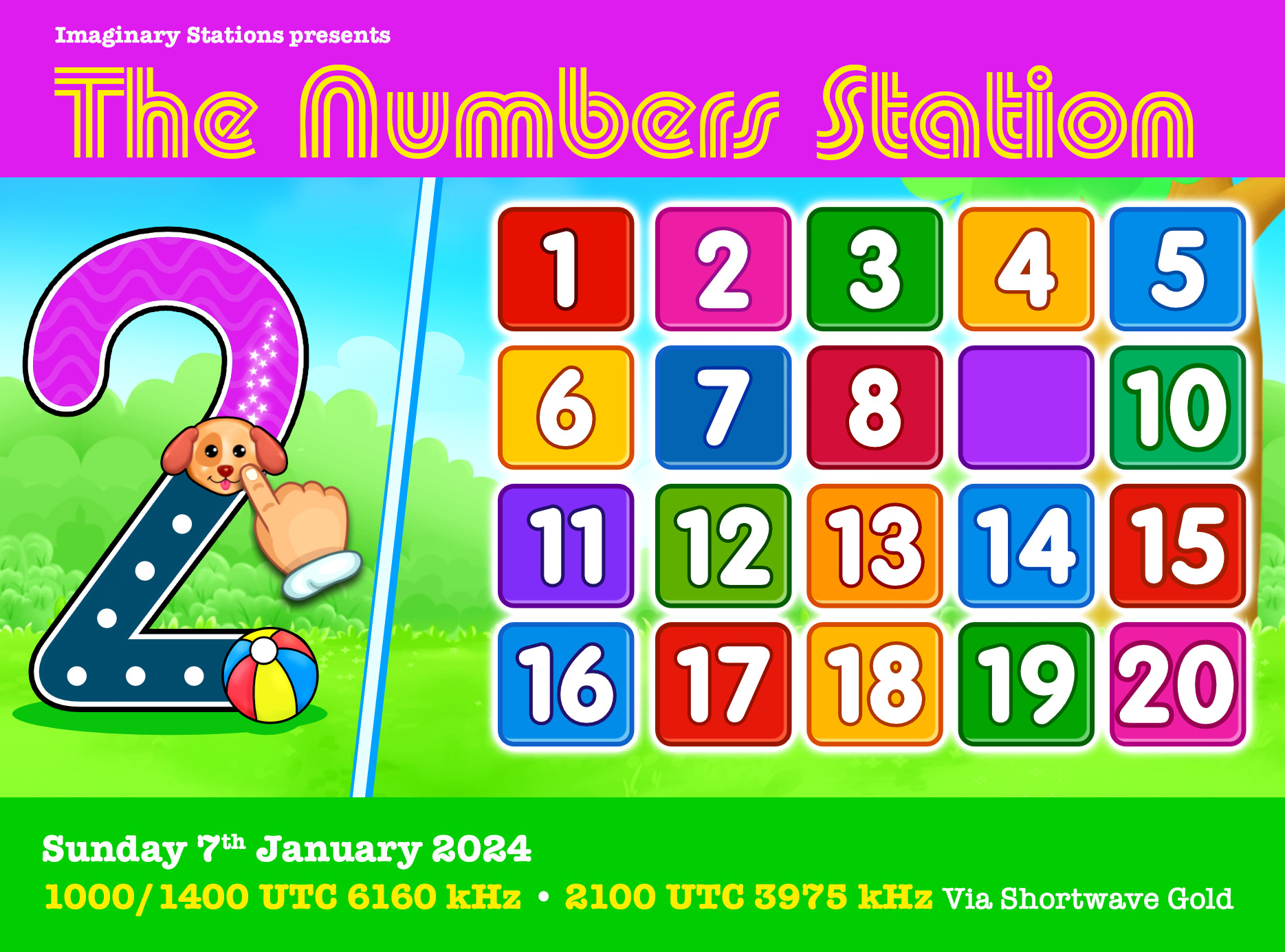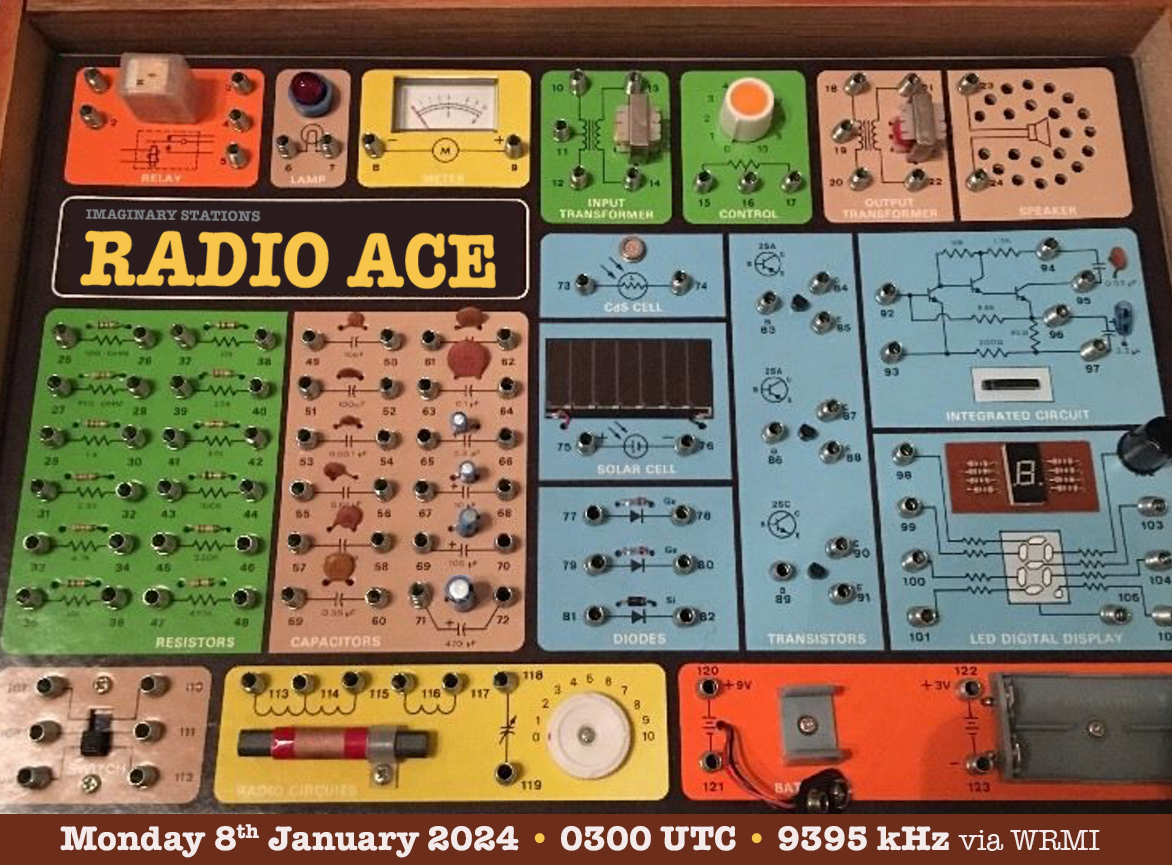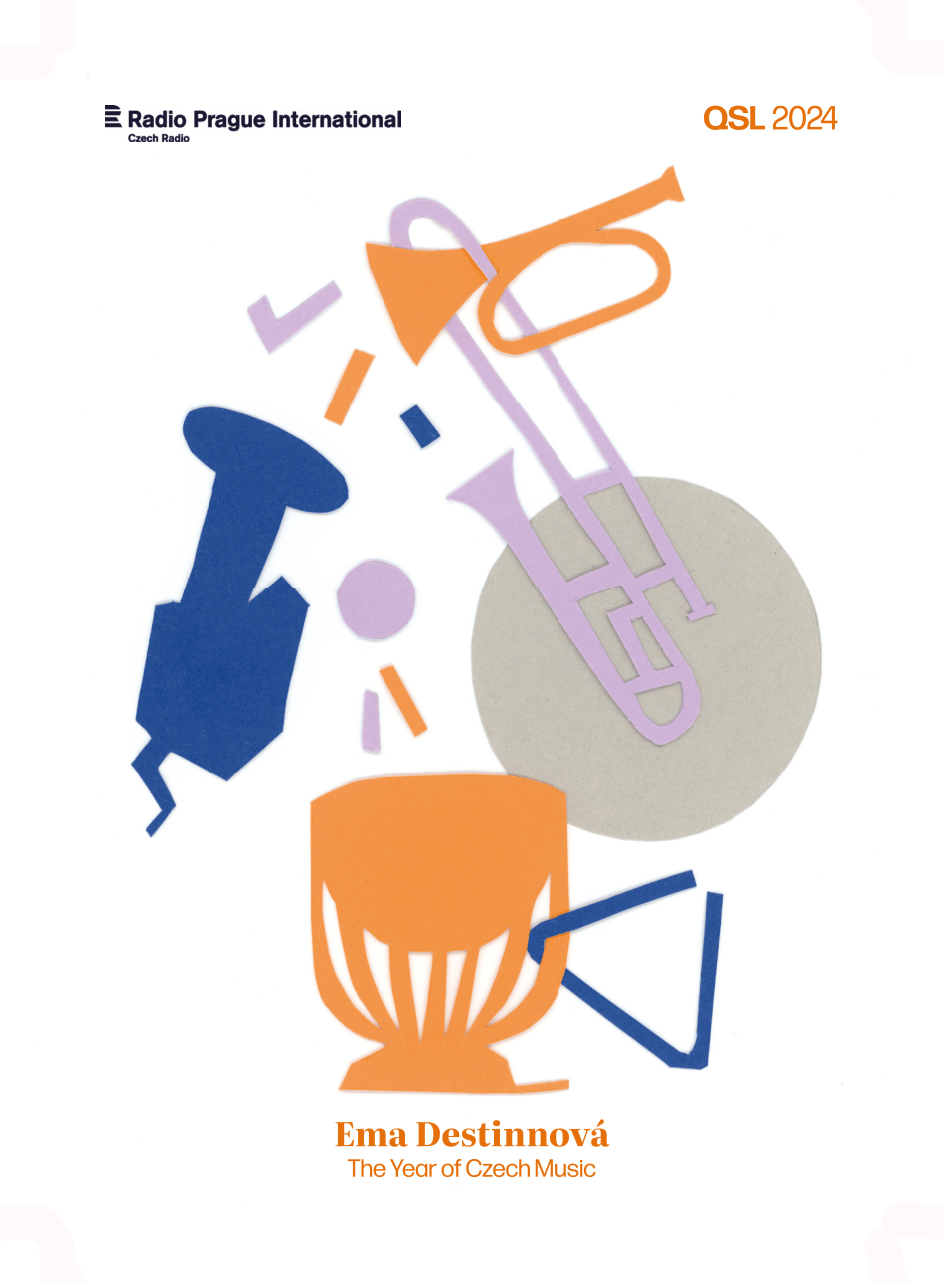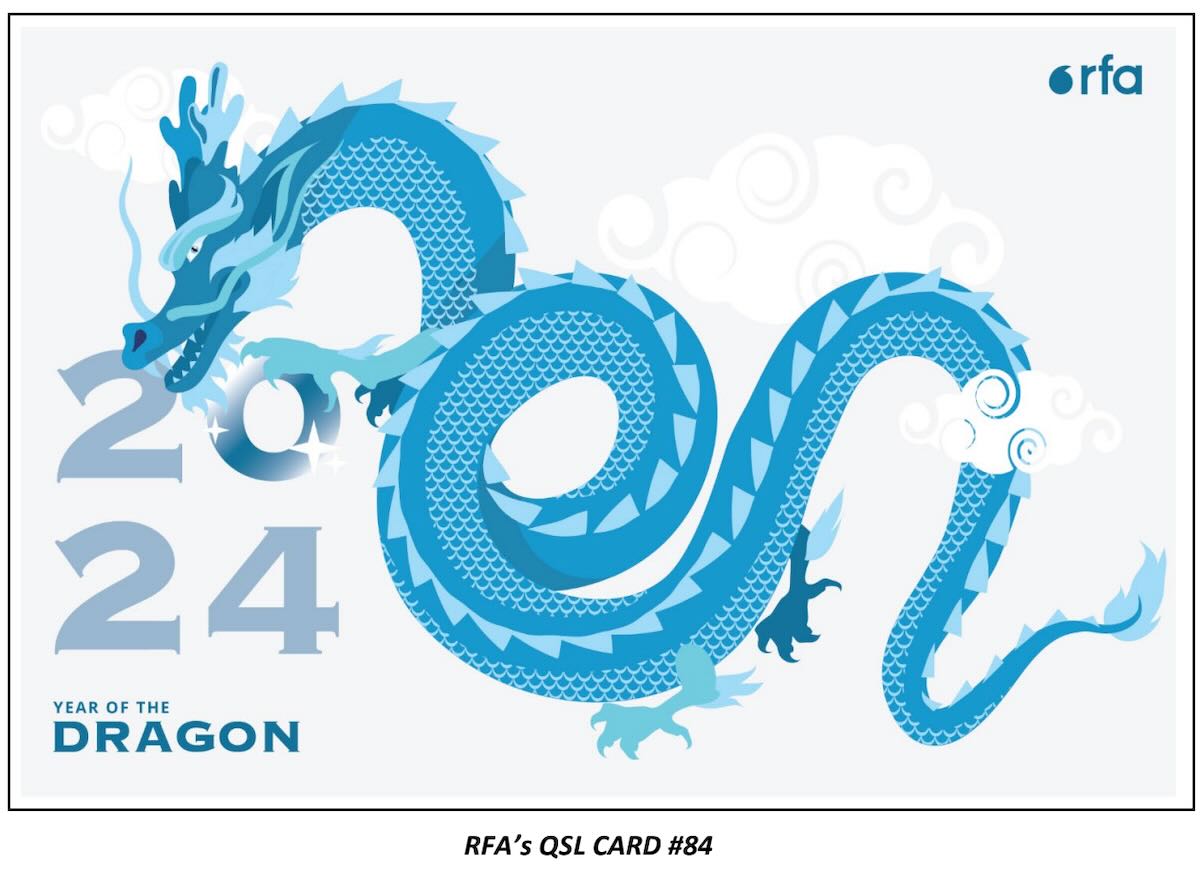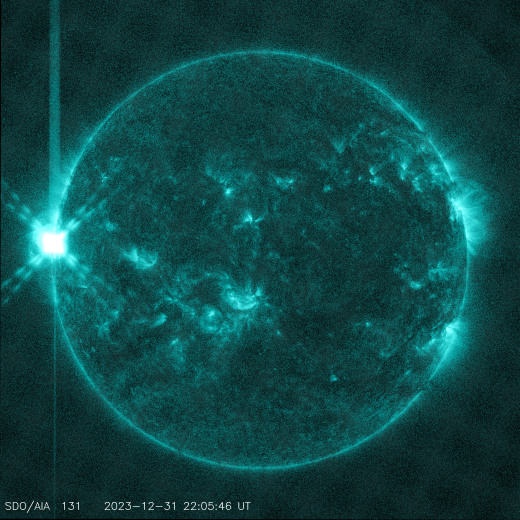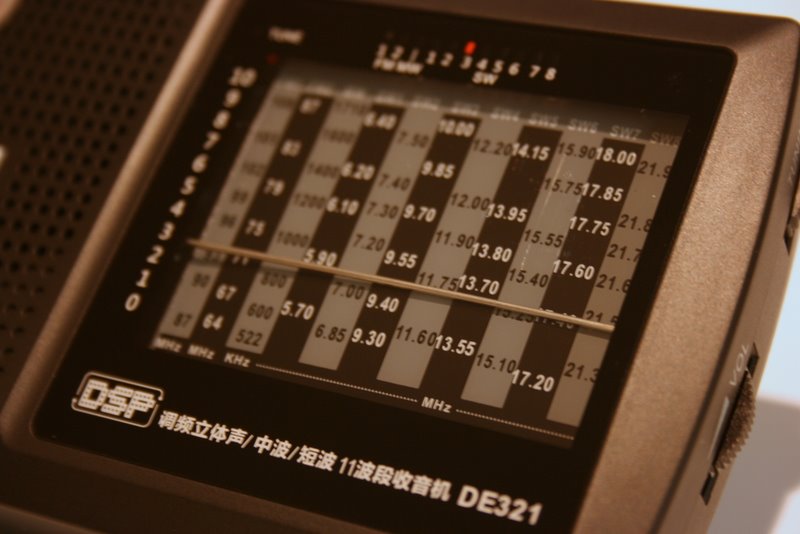 Many thanks to SWLing Post contributor, David Iurescia, who shares the following news from The Japan News:
Many thanks to SWLing Post contributor, David Iurescia, who shares the following news from The Japan News:
Tokyo, Dec. 31 (Jiji Press)—The Shiokaze shortwave radio service for Japanese nationals abducted to North Korea faces a crisis because it will be unable to counter jamming by Pyongyang during facility renewal work in fiscal 2024.
The situation “contradicts the government’s policy of giving top priority to the abduction issue,” said the group playing the leading role in the radio broadcasts.
Shiokaze, which means sea breeze, began broadcasting in 2005, operated mainly by the Investigation Commission on Missing Japanese Probably Related to North Korea. It conveys messages from family members of abductees and news from Japan and abroad.
The radio is constantly hit by jamming signals from North Korea. Since 2019, Shiokaze has been conducting double broadcasting using two frequencies as a countermeasure.
Shiokaze’s transmission base is within KDDI Corp.’s Yamata transmitting station in Koga, Ibaraki Prefecture, eastern Japan.
The number of transmitters at the station will be reduced by two from the current seven partly due to the aging facility. There will be a period when double broadcasting is not possible during the work.
Japanese public broadcaster NHK, which uses the KDDI station as a base for its overseas radio services, said that work related to the transmitters will last up to 10 months from the second half of fiscal 2024.
“For a while during the work, Shiokaze is expected to broadcast on one frequency,” said an official of NHK, formally called Japan Broadcasting Corp.
“We recognize that the work is necessary in order to continue the two frequency system although (Shiokaze) will be a single frequency service temporarily,” then Chief Cabinet Secretary Hirokazu Matsuno told a meeting of a parliamentary special panel on the abduction issue Dec. 4, 2023.
Meanwhile, a Cabinet Secretariat official expressed concern, saying that “the risk of obstruction will increase more than ever,” albeit temporarily. [Continue reading…]
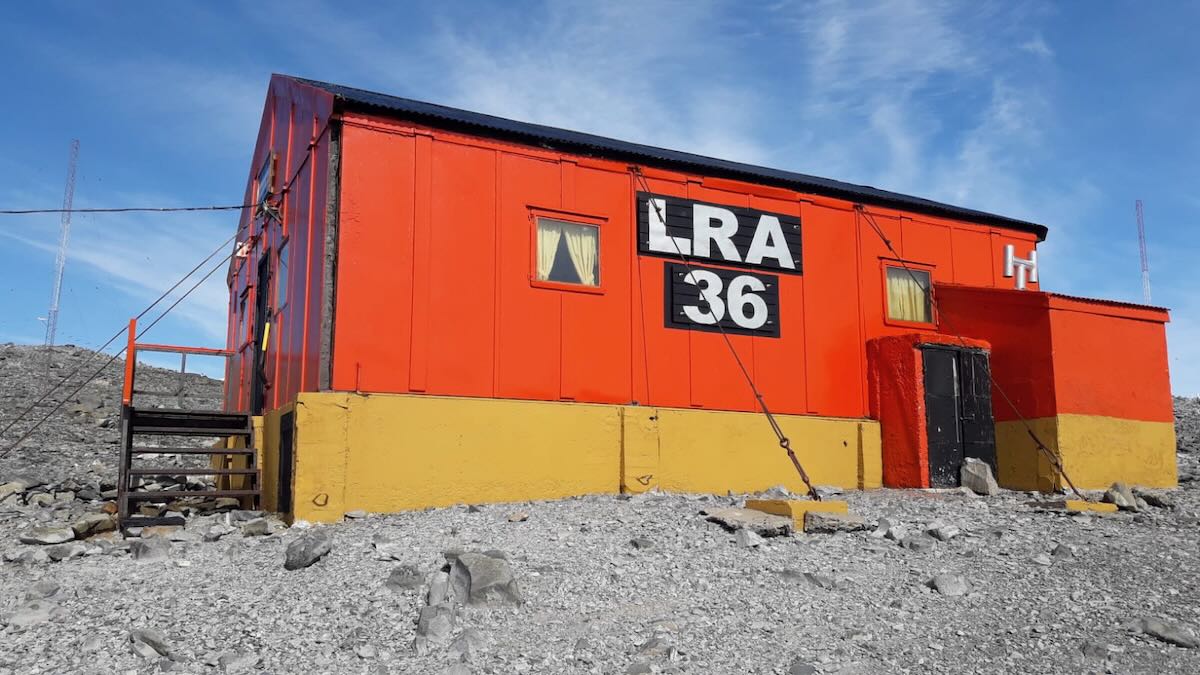 Many thanks to SWLing Post contributor, Adrian Korol, who shares the following article from Télam which focuses on the good work and broadcast reach of LRA 36, Arcángel San Gabriel in Antarctica.
Many thanks to SWLing Post contributor, Adrian Korol, who shares the following article from Télam which focuses on the good work and broadcast reach of LRA 36, Arcángel San Gabriel in Antarctica.
